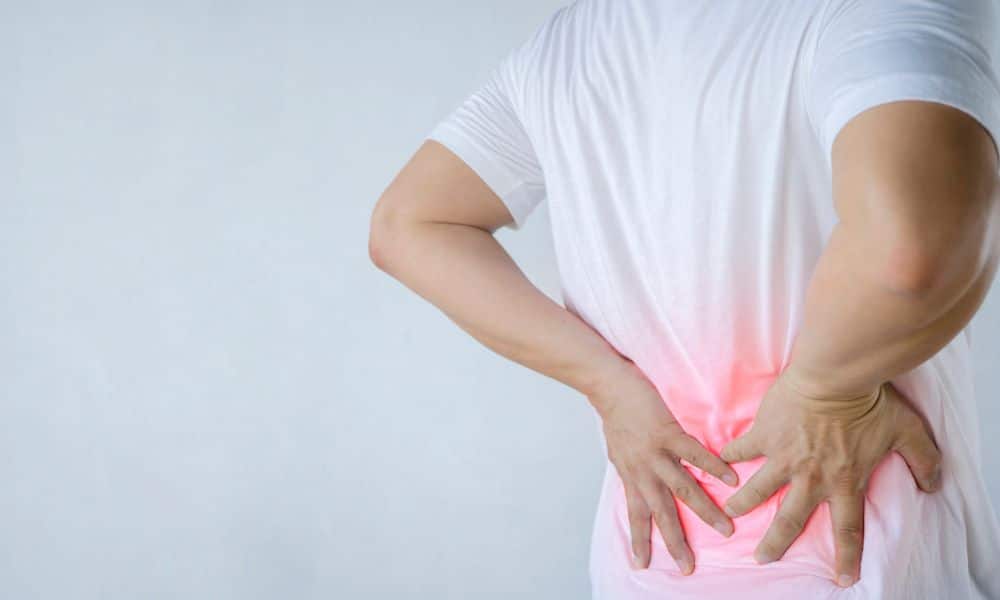A healthy and beautiful smile can go a long way to boost confidence and self-esteem. Unfortunately, however, not everyone is blessed with perfectly aligned teeth. Crooked teeth, also known as malocclusion, are a common dental issue affecting millions worldwide. In this article, we will explore the causes of crooked teeth and discuss the various treatment options available to correct them.
Factors that Cause Crooked Teeth
Various factors, including genetic and environmental influences, can cause crooked teeth. Some of the common causes of crooked teeth are:
Genetics
Genetics plays a significant role in determining the alignment of teeth, as inherited traits can affect the growth and development of teeth, jaw structure, and bite alignment. For example, if your parents or siblings have crooked teeth, you may be more likely to develop the same condition. However, other environmental factors, such as childhood habits and oral hygiene practices, can also contribute to the development of malocclusion.
Childhood Habits
Childhood habits, such as thumb-sucking, prolonged pacifier use, and tongue thrusting, can pressure the teeth and jaw, leading to malocclusion. Therefore, children need to have regular dental check-ups. Thankfully, it’s not challenging to locate a reputable dentist or orthodontist near you in today’s digital age. Regular dental check-ups, early diagnosis, and orthodontic treatment from Dhingra Orthodontics can help ensure proper tooth eruption and alignment, promoting a healthy and radiant smile.
Early loss of baby teeth
Losing baby teeth too early can disrupt the eruption pattern of permanent teeth, leading to malocclusion. Therefore, it is essential to maintain good oral hygiene and address any dental issues promptly to prevent early loss of teeth and minimize the risk of crooked teeth.
Jaw abnormalities
Crooked teeth can often be caused by jaw abnormalities, such as a small jaw, narrow arches, or uneven growth of the upper and lower jaws, resulting in malocclusion. In addition, when the jaw is not aligned correctly, it can also cause the teeth to become misaligned.
For example, a small jaw can lead to overcrowding of teeth, causing them to shift or overlap. Narrow arches can result in teeth being crowded and crooked, while uneven growth of the upper and lower jaws can lead to an uneven bite and misalignment of the teeth. Addressing jaw abnormalities is an integral part of treating crooked teeth, and orthodontic treatment plans may involve correcting jaw discrepancies along with teeth alignment to achieve optimal results.
Poor oral habits
Poor oral habits can play a significant role in the development of crooked teeth. Practices such as mouth breathing, tongue thrusting, and incorrect swallowing patterns can put undue pressure on the teeth and affect their alignment over time. For example, mouth breathing can lead to a narrow upper jaw, causing crowded teeth. Tongue thrusting, where the tongue pushes against the front teeth when swallowing, can cause the teeth to protrude or become misaligned.
Similarly, incorrect swallowing patterns can disrupt the normal development of the teeth and jaws, leading to malocclusion. Therefore, it is essential to address and correct poor oral habits early on to prevent or minimize the development of crooked teeth. Regular dental check-ups and early intervention can help identify and correct poor oral habits to promote healthy dental alignment.
Trauma
Crooked teeth can be caused by trauma to the teeth or jaws, such as falls, sports-related impacts, or car accidents. This can cause the teeth to shift or move out of their normal position, leading to crooked teeth. In such cases, timely and appropriate dental treatment, including orthodontic intervention, may be necessary to correct teeth alignment and restore proper dental function. Therefore, it is essential to seek dental care promptly after trauma to assess the extent of the damage and initiate appropriate treatment.
Treatment Options for Crooked Teeth
Fortunately, several treatment options are available to correct crooked teeth, ranging from traditional braces to modern orthodontic techniques. Orthodontics, the branch of dentistry focusing on diagnosing and treating misaligned teeth and jaws, offers several treatments for crooked teeth.
Let’s take a closer look at some of the standard treatment options available: The choice of treatment depends on the severity of the malocclusion, the age of the patient, and other individual factors. Let’s explore some of the standard treatment options for crooked teeth:
Traditional braces
Traditional or metal braces are a standard orthodontic treatment used to correct misaligned teeth and achieve a straighter smile. They consist of metal brackets attached to the teeth using adhesive, then connected by arch-wires, which are adjusted over time to move the teeth into their desired positions gradually.
Metal braces may also include rubber bands, springs, and other components to apply additional forces to align the teeth properly. Although visible and can initially feel bulky in the mouth, traditional braces are a time-tested and effective solution for correcting various dental issues, such as overcrowding, spacing, bite problems, and more. They are typically worn for a period ranging from a few months to several years, depending on the severity of the case, and require regular adjustments and maintenance by an orthodontist.
With advancements in orthodontic technology, modern metal braces are now smaller, more comfortable, and more aesthetically appealing than ever, making them a reliable and popular choice for achieving a healthy and beautiful smile.
Braces are highly effective in treating various types of malocclusion, including severe cases. However, they can be uncomfortable and require regular adjustments by the orthodontist.
Ceramic Braces
Ceramic braces are a popular option for orthodontic treatment due to their tooth-colored or clear appearance, making them less noticeable than traditional metal braces. In addition, they are made of durable ceramic material resistant to staining, allowing for a discreet and aesthetic orthodontic solution.
The ceramic brackets blend with the natural color of the teeth, making them an attractive choice for patients concerned about the appearance of their braces. Ceramic braces work similarly to traditional braces, using wires and brackets to pressure the teeth into the correct positions gradually and gently. They are highly effective in treating various types of tooth misalignment. They are popular for adults and older teenagers who desire a more aesthetically pleasing option for straightening their teeth.
With proper care and maintenance, ceramic braces can help patients achieve a straighter smile while maintaining a natural appearance.
Invisalign
Invisalign is a modern orthodontic treatment that offers a discreet and convenient way to straighten teeth without using traditional metal braces. Using a series of clear, removable aligners, Invisalign gradually shifts teeth into their desired positions, resulting in a straighter smile. The aligners are custom-made for each patient and are virtually invisible when worn. In addition, Invisalign aligners are removable and comfortable, making them convenient and comfortable for busy individuals. They also require fewer visits to the orthodontist for adjustments, making them a popular choice for orthodontic treatment.
Lingual braces
Unlike traditional braces attached to the front of the teeth, lingual braces are placed on the inner or lingual side of the teeth, making them virtually invisible from the outside. Lingual braces are custom-made to fit the contours of each individual’s teeth, allowing for precise and effective tooth movement. They are an excellent option for individuals who want to achieve a straighter smile without the noticeable appearance of traditional braces. In addition, lingual braces can correct many orthodontic issues, including misaligned teeth, crowding, spacing, and bite problems.
Retainers
Retainers play a crucial role in the treatment of crooked teeth. After orthodontic treatment with braces or Invisalign, retainers often help maintain the corrected tooth positions and prevent relapse. Retainers can be either removable or fixed, and they work by holding the teeth in their new positions and preventing them from shifting back to their original misaligned positions.
Removable retainers are typically worn at night, while fixed retainers are bonded to the back of the teeth and are worn long-term. Retainers are essential for the long-term success of orthodontic treatment. In addition, they are an important part of the post-treatment phase, helping patients maintain their straightened smiles and enjoy the benefits.
The Final Word on Crooked Teeth: Causes & Treatment
Crooked teeth, or malocclusion, are common dental issues that can affect the alignment and appearance of teeth. Various factors, including genetics, childhood habits, early loss of baby teeth, jaw abnormalities, poor oral habits, and trauma to the teeth or jaws, can cause it.
Fortunately, several treatment options are available to correct crooked teeth, ranging from traditional braces to modern orthodontic techniques like Invisalign and lingual braces. Of course, the choice of treatment depends on the severity of the malocclusion, the age of the patient, and other individual factors. However, timely intervention and appropriate treatment can help correct crooked teeth, improve dental function, and enhance the smile’s appearance, improving confidence and self-esteem.
If you or your loved one have crooked teeth, it is essential to consult with a qualified dental professional to determine the best treatment plan for your specific needs. Remember, a beautiful and healthy smile is within reach with the proper dental care and treatment for crooked teeth.
Related Articles




